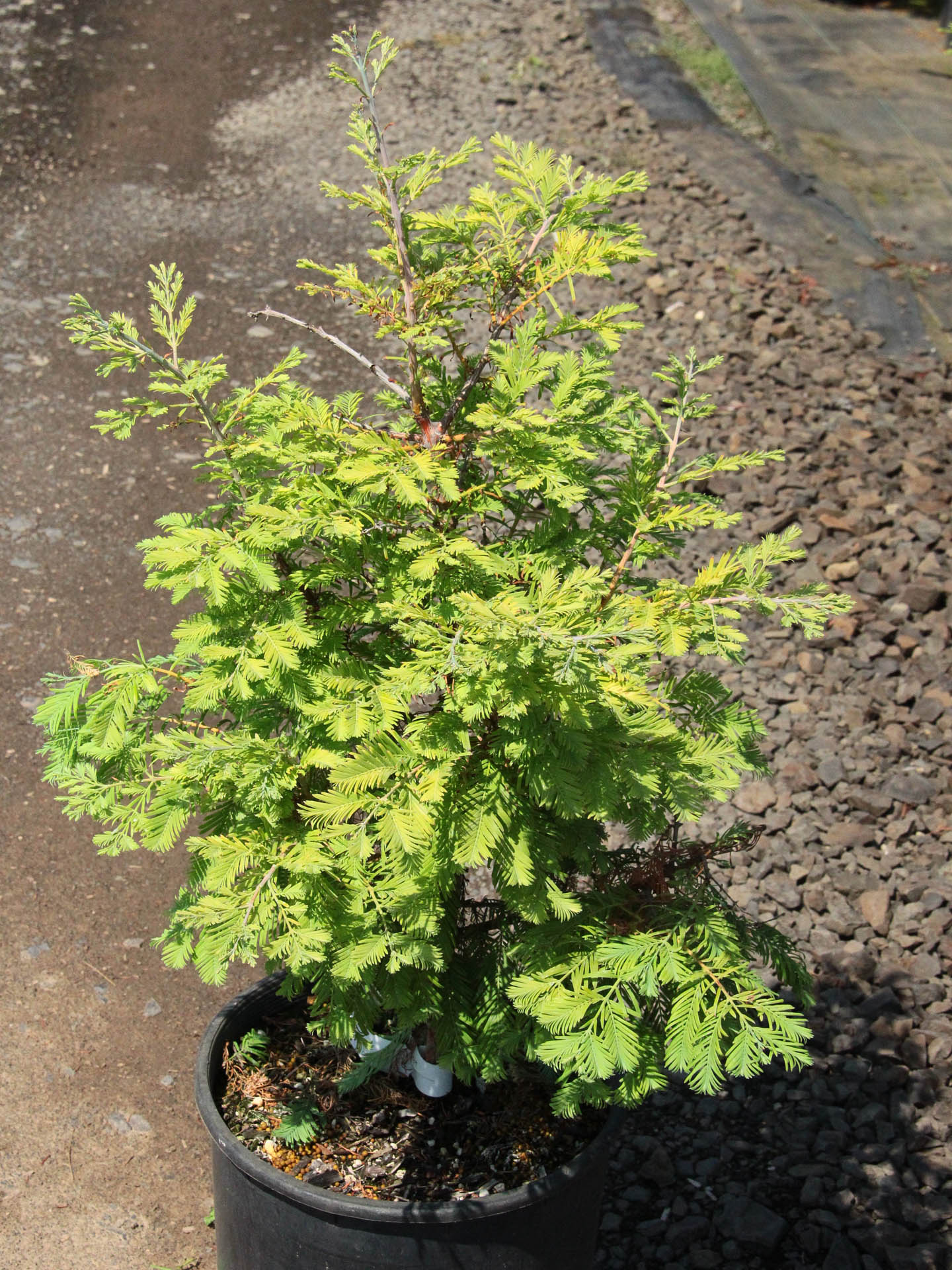

(4) Diameter at breast height (DBH) was negatively correlated with seed weight and germination rate ( P < 0.05), while seed germination and seed weight ( P < 0.05), seed germination and seedling survival ( P < 0.001), and tree height and seedling survival ( P < 0.05) were positively correlated. (3) The average germination rate of seeds from seven mother trees was 19.73%, and the average survival rate of seedlings was 73.42% (inter-individual rates were also significantly different ( P < 0.05). (2) There were significant differences in seed weight (1,000 grain), seed germination rate, seedling survival rate and base diameter growth among individuals of different parent trees ( P < 0.05). The results showed that: (1) There were only 7 strains from 40 mother trees, the seed yield rate was 17.50%, and the difference in seed yield of 7 original mother trees was significant ( P < 0.05). The effects of individual traits on seeds, germination rate and seedling growth were analyzed with correlation and linear regression models. We detected differences in seed traits, germination rate and seedling growth characteristics among different parent trees using ANOVA. We used field experiment to analyze reproductive characteristics. We investigated the core germplasm of 40 individuals of native Metasequoia glyptostroboides and collected data on habitats, parent trees and seed traits. Plant Patent PP21,318.In order to explore the reproductive characteristics of Metasequoia glyptostroboides, we explored a native population of original Metasequoia glyptostroboides. SHAW'S LEGACY is a trade name that honors Henry Shaw (1800-1889) who founded the Missouri Botanical Garden in 1859. Peter Raven, Director of the Missouri Botanical Garden from 1971 to September 2010. Trees will typically grow up to 3' each year, eventually maturing to 70-100’ tall. 'Raven' features soft, linear, feathery, fern-like, bluish-green to yellowish-green leaves that turn orange to red in fall. It is distinguished from typical specimens of Metasequoia glyptostroboides in the following ways: (1) uniform pyramidal growth habit, (2) low branching habit with branches uniformly spaced, (3) deeply furrowed bark, (4) better resistance to foliar diseases, and (5) more vigorous growth rate. 'Raven is one of the 1952 trees planted in front of the Lehmann Building at MBG in 1952. Specific epithet means resembling the genus Glyptostrobus. Genus name comes from the Greek words metra meaning with, after, sharing, or changed in nature and Sequoia to which it is related and to which fossil specimens were first referred. The twigs, needles and cone scales are in opposite pairs. Trees are monoecious, producing oval, light brown female cones (3/4” long) and pendant globose male cones (1/2” long). Foliage emerges light green in spring, matures to deep green in summer and turns red-bronze in fall. It features linear, feathery, fern-like foliage that is soft to the touch.

Bark on mature trees is often deeply fissured. As the tree matures, the trunk broadens at the base and develops attractive and sometimes elaborate fluting. Seedlings grown therefrom were planted in front of the Lehmann Building at MBG in 1952 where they have now developed into large mature trees (70’+ tall). Seeds collected from the original site were made available to the Missouri Botanical Garden in 1947. However, it was not until 1941 that it was first discovered growing in the wild near the town of Modaoqi, China by Chinese forester, T. From fossil records, dawn redwood is known to have existed as many as 50,000,000 years ago. It is related to and closely resembles bald cypress ( Taxodium) and redwood ( Sequoia). Metasequoia glyptostroboides, commonly called dawn redwood, is a deciduous, coniferous tree that grows in a conical shape to 100’ tall.


 0 kommentar(er)
0 kommentar(er)
